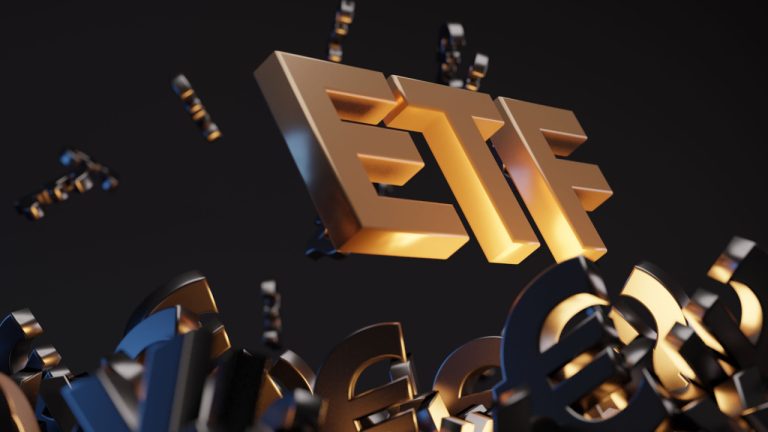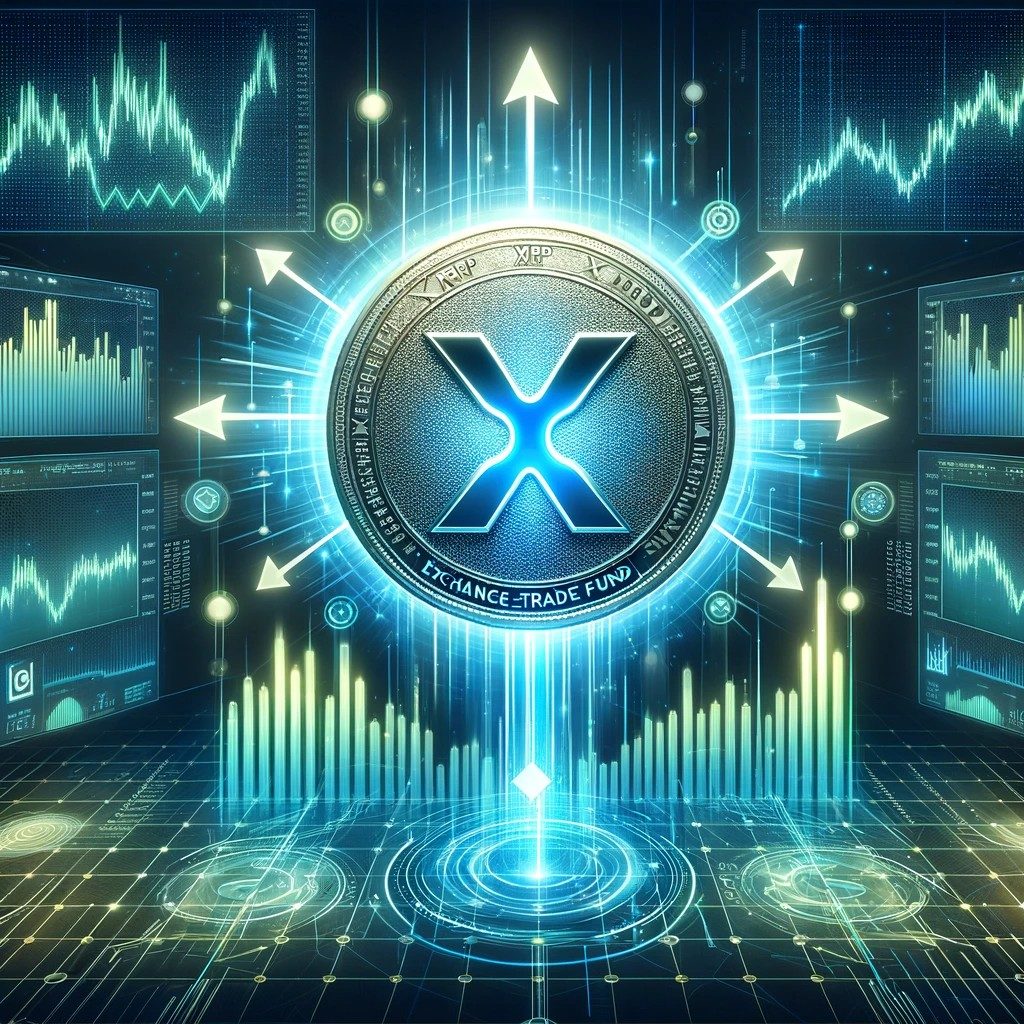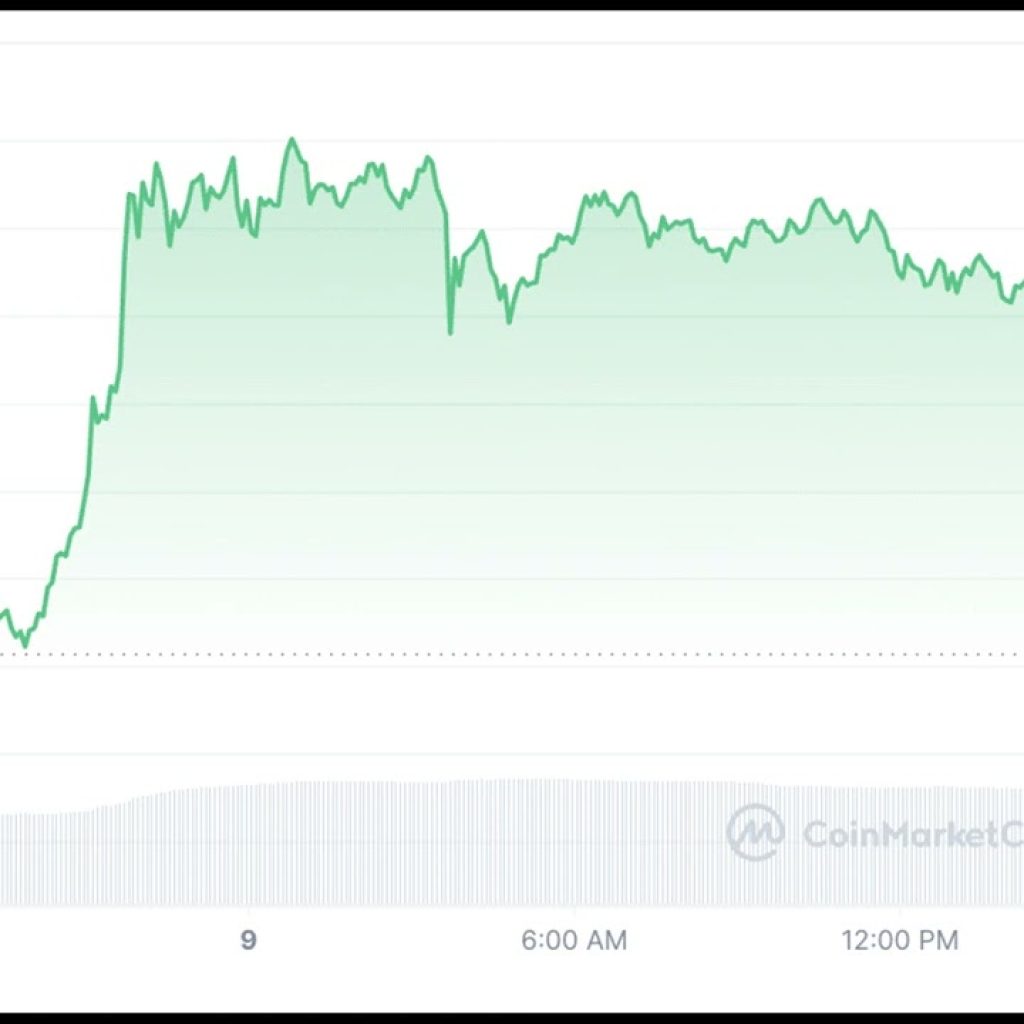
According to Enrico Rubboli, the CEO of Mintlayer, Bitcoin exchange-traded funds (ETFs) can potentially act as “a gateway to crypto” for users who are likely to eventually show greater interest in the underlying asset. Rubboli argued that while bitcoin maximalists may view Blackrock or any other traditional financial institutions’ ETFs as an affront to the ideals of decentralization, such ETFs could yet prove to be one of the most effective ways of hastening the adoption of cryptocurrencies.
The Benefits of Tokenization
Rubboli, whose platform Mintlayer enables the building of decentralized finance ecosystems on the Bitcoin blockchain, told Bitcoin.com News that he concurred with Blackrock’s assertion that its bitcoin ETF is likely to have a “monumental” impact on the financial ecosystem. To support this view, the CEO highlighted how the approval of the ETF is likely to encourage traditional financial institutions to invest in “protocols that enable tokenization to happen.”
When tokenization does happen, this, according to Rubboli “can lead to enormous amounts of liquidity being pumped into tokenized real-world [assets] (RWAs), transforming the markets of so many assets, and making them more accessible.” However, when asked about the possible downside of traditional financial institutions’ involvement in the tokenization of RWAs, the Mintlayer boss pointed to their need for a “trusted authority in order to guarantee the connection of physical assets to the digital tokens.”
Meanwhile, in written answers sent to Bitcoin.com News, Rubboli also shared his views on the likely impact of Bitcoin ETFs on user activity on decentralized finance platforms. Below are the CEO’s responses to questions sent to him via Telegram.
Bitcoin.com News (BCN): For years traditional financial institutions have either attacked or discouraged their customers from dealing with cryptocurrencies like bitcoin (BTC). However, things have changed as many of these institutions now want exposure to crypto. In your opinion, what’s the core motivation behind the traditional financial institutions’ newfound love for crypto?
Enrico Rubboli (ER): Tradfi is showing a lot of interest in defi protocols especially because they can provide superior alternatives to legacy systems, particularly in the case of real-world asset (RWA) tokenization, which surpasses traditional ETFs in many ways. For one thing, it’s important to understand that tokenized RWAs do more than just enable the underlying asset to be bought, sold, and traded freely. With defi and RWAs, we can also integrate new services around lending, borrowing, and staking, which aren’t possible in traditional markets.
Financial institutions are also keenly aware of the benefits of blockchain itself, which improves transparency and accountability. They also see tokenization provides cost savings and greater efficiency by digitizing assets and representing them as tokens on a shared ledger, reducing administrative and operational costs. They see an opportunity and they want to take advantage of it.
BCN: While an increased number of traditional financial institutions offering crypto services is likely to give the space some validation and credibility, hardcore crypto enthusiasts may see this as a well-orchestrated takeover. Some also believe that such a takeover would be against the principles of decentralization. From your standpoint, are such concerns legitimate?
ER: It’s essential to understand the concerns of Bitcoin maximalists and crypto purists, who believe in the absolute autonomy of crypto and are often opposed to traditional fiat currencies. In the case of Bitcoin maxis, they uphold ideas around self-custody, ownership and “holding” BTC, but they generally resist expanding its use cases, viewing traditional finance as adversarial.
Crypto purists ultimately want to see crypto replacing fiat currencies as the main economic vehicle in everyday life, so it can be hard to convince them of the benefits of tighter integration with TradFi. However, we can counter their arguments by pointing out TradFi’s ability to bring Bitcoin and crypto to a much wider audience, fueling greater adoption. This, of course, would be extremely beneficial to Bitcoin and the overall crypto economy. I can see Bitcoin ETFs acting as a gateway to crypto for many, who will later show more interest in the underlying asset as their awareness grows.
BCN: Blackrock, the world’s largest asset manager with over $9 trillion in assets under management (AUM), recently stated that while the embrace of asset tokenization by institutions may be a few years away, when this happens it will have a “monumental” impact on the financial ecosystem. Do you agree with such an assertion?
ER: The impact will be monumental, yes. As more institutions start to show an interest in tokenization and see its benefits, there will be a lot of investment in the underlying infrastructure – the protocols that enable tokenization to happen. And the stability of these platforms will encourage even more traditional institutions to embrace the benefits of tokenization and DeFi, creating a virtuous cycle, if you will. That will lead to enormous amounts of liquidity being pumped into tokenized RWAs, transforming the markets of so many assets, and making them more accessible.
For example, real estate is normally highly illiquid. You can’t just go out and buy a 1,000th of a share of a house. You need to buy the whole house, in cash or with a loan, and the transaction takes days, weeks, or even months sometimes. With tokenization, you’ll be able to buy that 1,000th of a home in a matter of seconds, and you’ll instantly become a part owner of it.
Tokenization is a path towards fractionalization, allowing multiple people to own a share of an asset that would previously have to have been sold as a whole with a higher value. Suddenly, the real estate market becomes extremely liquid and accessible to many more people. That’s just one example, but it’s really going to revolutionize a lot of markets.
BCN: What do you think is the downside of traditional financial institutions’ involvement in the tokenization of real-world assets?
ER: The main downside for many people will be the need for some kind of trusted and credible centralized authority to guarantee the backing of tokenized RWAs. Traditional institutions may demand some kind of trusted authority in order to guarantee the connection of physical assets to the digital tokens that represent them. For instance, if you have tokenized gold, the institution will want to be sure that the gold represented by those tokens actually exists and is deposited somewhere safe. So this could result in some friction between TradFi and crypto purists.
Not everyone will be pleased about increased regulation, which may also be necessary. In many countries, there are restrictions on which investors are allowed to trade certain assets. These rules can be programmed into the digital assets themselves but could result in a reduced pool of available buyers and sellers. That would eliminate one of the main benefits of tokenization, which is increased accessibility.
BCN: Your Layer-2 project Mintlayer is said to give developers the tools and infrastructure they need to build defi on the Bitcoin network. Is it possible for traditional institutions to build legally-compliant and scalable financial services using your platform and Bitcoin?
ER: Mintlayer is a Bitcoin layer-2 sidechain that can be used to build an entire decentralized financial ecosystem rooted in the Bitcoin network. It relies on atomic swaps and the Lightning Network’s interoperability capabilities to use native BTC without token bridges or wrapped tokens.
We have created a number of token standards to simplify tasks like tokenization. With our embedded token creation feature, anyone can generate tokens for use by an organization or project. For instance, Mintlayer tokens can be used to create security tokens that represent external assets.
We also support the creation of tokenized derivatives with advanced features such as decentralized governance and smart contract automation, which don’t exist with traditional derivatives. In theory, it’s possible to create tokens on Mintlayer that represent any kind of asset.
Our platform also extends to non-fungible tokens (NFTs), which can be used in applications such as voting, census taking, and record-keeping.
BCN: Whenever centralized platforms are in trouble as has been the case when regulators like the U.S. Securities and Exchange Commission (SEC) have targeted one centralized exchange after another recently, decentralized exchanges (dex) tend to witness a significant jump in user activity. In your opinion, what impact will the mass entry of centralized institutions have on decentralized finance and dex’s?
ER: It will positively impact DEXs overall, as centralized institutions will bring much greater awareness. These platforms will emerge as the primary marketplace for many new kinds of tokenized assets, helping to solve problems many DEXs face today around lower liquidity compared to centralized exchanges. So there will be more trading options and lower slippage than we see now.
We’ll likely see more adoption of decentralized identity technologies because institutions will demand regulatory compliance with things like AML and KYC. User experiences will need to improve too, because institutional players will want to see a more intuitive process for trading assets.
The biggest impact, though, is we’ll see a much greater integration of traditional financial assets in defi. Stocks, bonds, and commodities may become tokenized and available to trade on DEX platforms, and this will have the effect of bridging the gap between these traditional markets and the decentralized financial world. It’ll mean more and newer opportunities for investors and a more accessible financial system that benefits everybody.
What are your thoughts about this interview? Let us know what you think in the comments section below.





